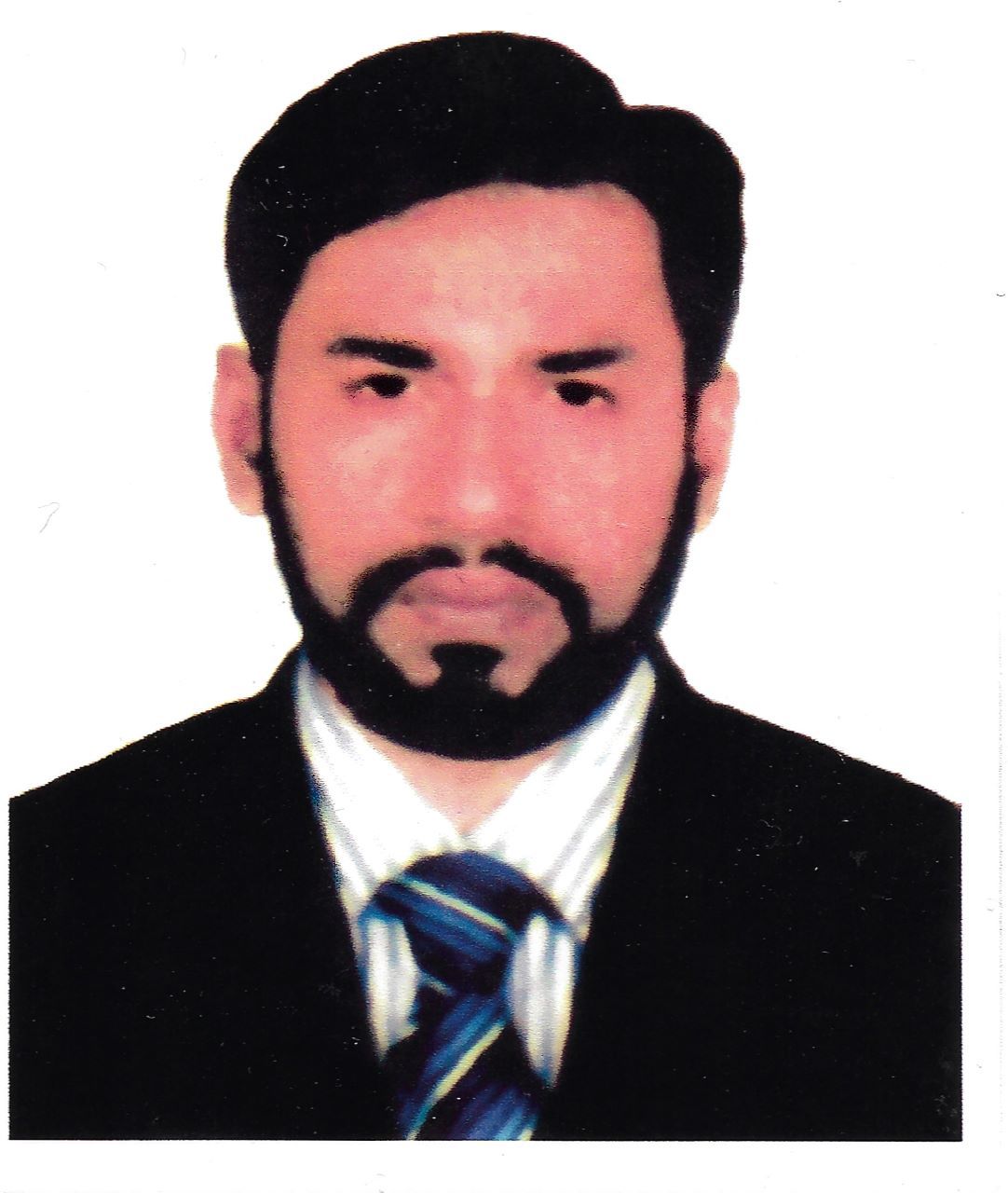
Dr. Dewan Azad Rahman: Across the world, quality education is increasingly recognized as essential for improving living standards and ensuring a better quality of life. Within any national education system, secondary education holds a particularly crucial place. In many developed countries, this stage of education has been made compulsory.
The objectives of secondary education go beyond extending and consolidating the foundational skills acquired at the primary level. It also plays a vital role in preparing a skilled workforce to drive economic growth. A vast segment of the population, once educated at this stage, becomes actively involved in socio-economic activities. As such, the demand for secondary education in Bangladesh is rising steadily. Unfortunately, the expected improvement in quality has not kept pace with this growing demand.
Key challenges persist in several areas: student assessment, teacher recruitment and training, school organization and management, educational supervision, and the broader administration of the system. Textbooks—an essential tool at this level—are still being published with errors and inconsistencies, undermining the learning process. In addition, there is little initiative to provide engaging and high-quality teaching materials, while many other countries have already begun using advanced educational aids to enhance learning.
Bangladesh has seen notable success in primary education following the establishment of a separate Directorate of Primary Education as part of decentralization efforts. Meanwhile, secondary education has expanded in scope: scholarships have boosted female enrollment, opportunities in science education have improved, and training for teachers has been expanded. As a result, the number of secondary-level students has grown significantly, though the number of institutions has not increased proportionately.
This mismatch has created serious management challenges. The Directorate of Secondary and Higher Education exists, but it struggles to effectively oversee the vast number of schools and colleges across the country. At present, there are nine regional offices, 64 district education offices, 516 upazila-level secondary education offices, 686 government colleges, 706 government secondary schools, and 104 teacher training colleges. BANBEIS data from 2014 shows that the total number of secondary-level institutions stood at 21,232, including 1,514 colleges. Given these numbers, ensuring adequate services for institutions, teachers, administrators, staff, and students is proving nearly impossible.
Compounding this, many government secondary schools are led by acting headmasters or assistant headmasters, while district education offices often operate under temporary leadership. In some cases, officers without the necessary expertise are appointed on deputation, resulting in weak and inefficient administration. This lack of proper leadership means secondary education lacks the momentum and progress observed in primary education.
For these reasons, every education commission report since independence has recommended the creation of a separate Directorate of Secondary Education. The 2003 National Education Commission, led by Professor Moniruzzaman Miah, was particularly emphatic in its call for an independent directorate to manage this sector effectively.
The Public Administration Reform Commission, in its January 2025 report, stated unequivocally:
> “A separate Directorate of Secondary Education is necessary. With so many institutions under its purview, the quality of education is steadily declining. Establishing a separate directorate is therefore urgent.”
Further support came from a national workshop organized by the Secondary and Higher Education Division, where the BIAM Foundation’s Research and Advisory Services Center recommended restructuring the education administration by splitting the Directorate of Secondary and Higher Education into two independent bodies.
Momentum has continued to build. Following a decision at the Secretaries’ Meeting on 4 September last year, each ministry and division was instructed to prepare and implement reform plans. In line with this directive, the Secondary and Higher Education Division submitted its time-bound reform plan on 28 November 2024, which included the establishment of a separate Directorate of Secondary Education by December 2025.
It is therefore clear that to deliver modern, high-quality secondary education, there is no alternative to forming a dedicated directorate. Encouragingly, the government has already approved this initiative in line with the Chief Adviser’s marching orders, the recommendations of the Public Administration Reform Commission, and the Moniruzzaman Commission’s earlier report.
However, a vested interest group is attempting to sabotage this progressive step and paint the government as ineffective. This conspiracy is both alarming and deeply suspicious.
For the future of the nation, effective implementation of a separate Directorate of Secondary Education is essential to ensure quality education at this vital level.
Author: Dr. Dewan Azad Rahman is an eminent essayist and researcher.







